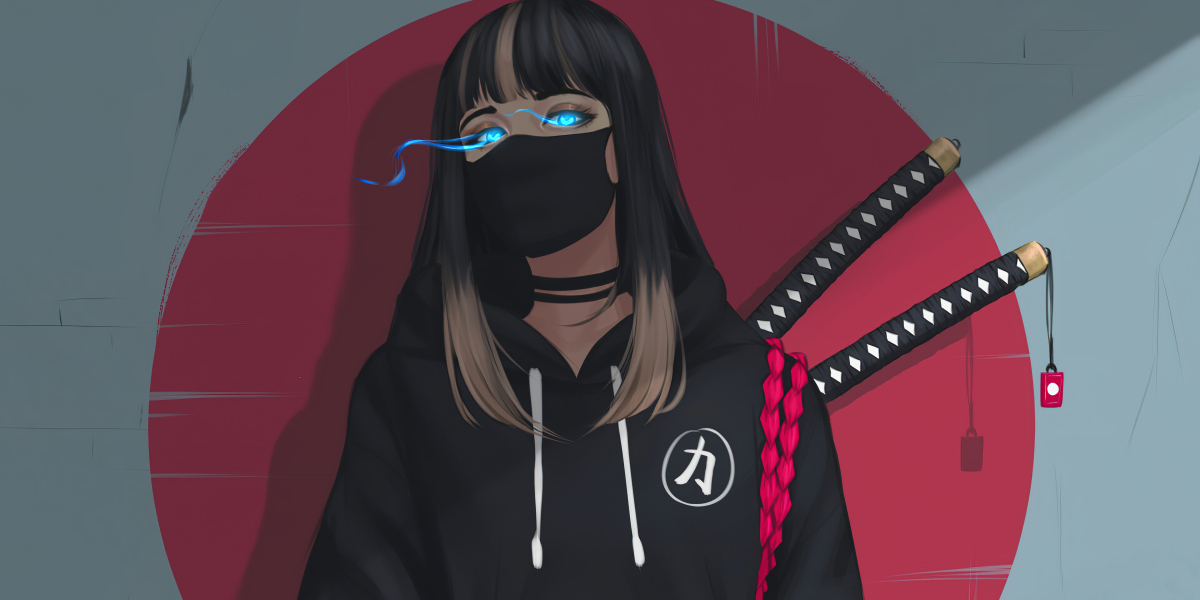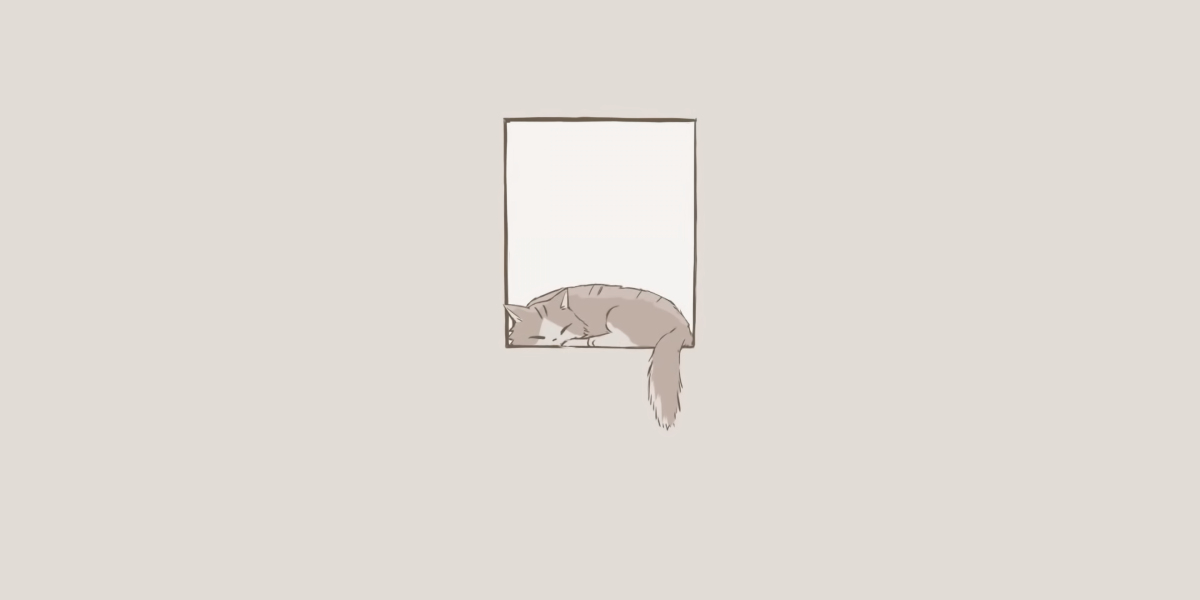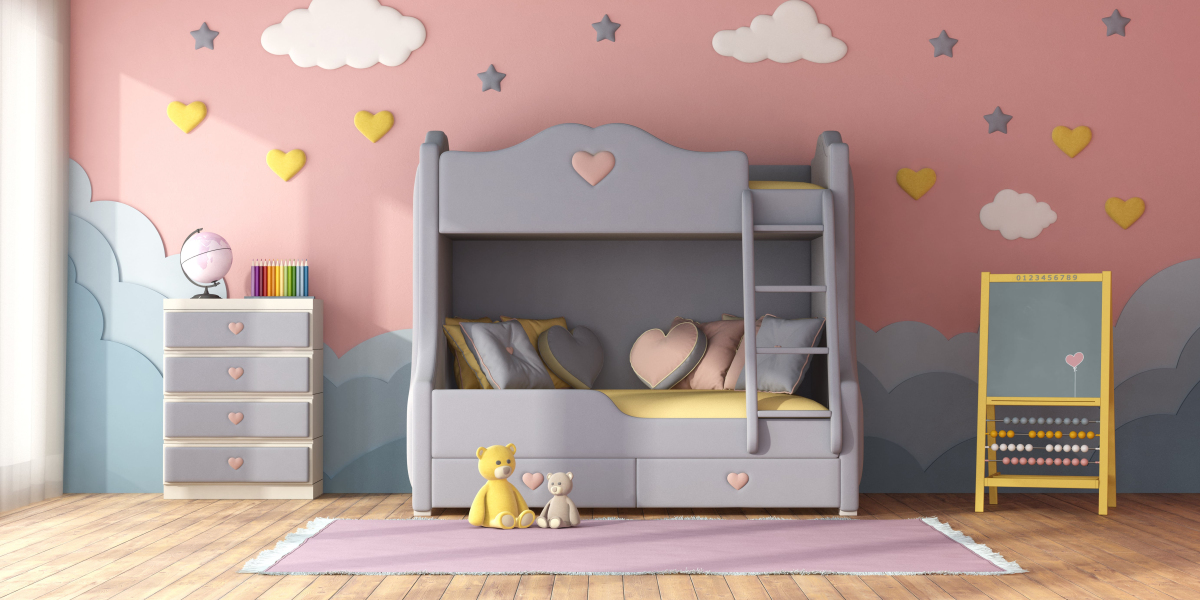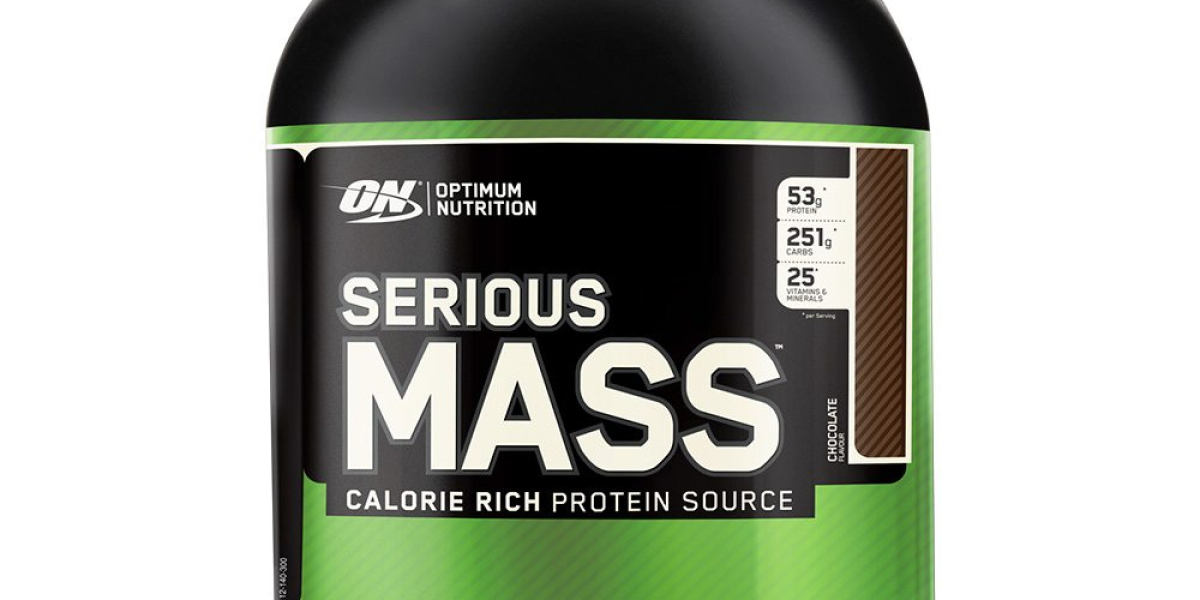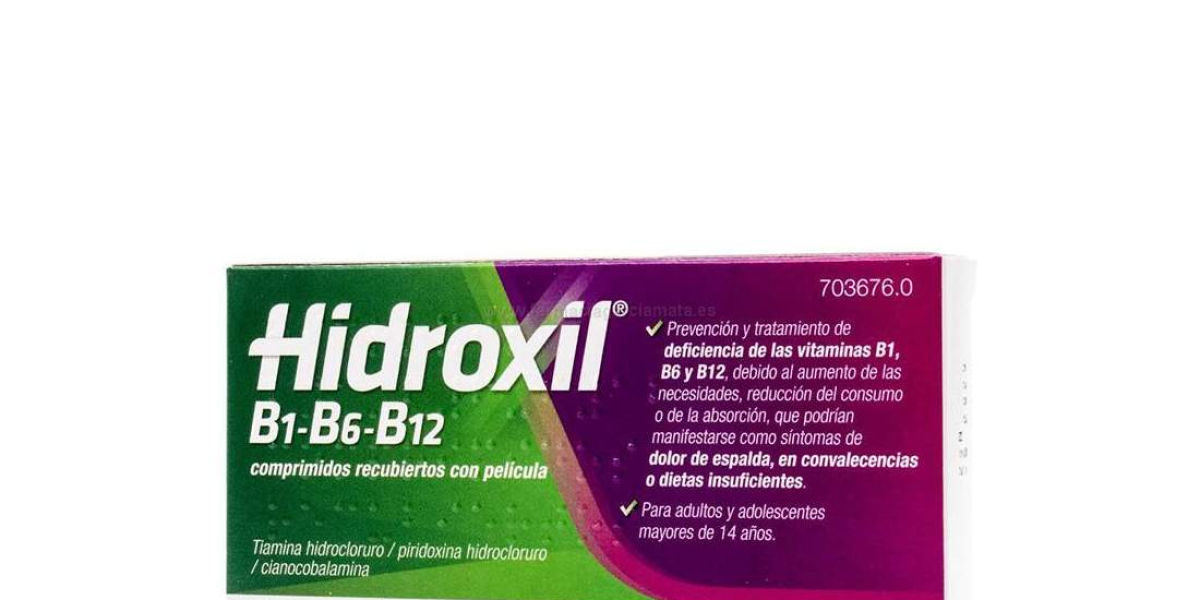3D printing has revolutionized the way we create objects, but it is not without its challenges. Understanding the common 3D print issues can significantly improve your printing experience. In this article, we will explore five prevalent problems and provide practical solutions to overcome them.
1. Warping
Warping is a frequent issue that occurs when the printed material cools unevenly, causing the corners of the print to lift. This problem is particularly common with materials like ABS. To mitigate warping, consider the following:
- Use a heated bed to maintain consistent temperatures.
- Apply an adhesive substance, such as glue stick or hairspray, to the print bed.
- Ensure proper bed leveling before starting your print.
2. Layer Adhesion Problems
Another common 3D print issue is poor layer adhesion, which can lead to weak prints that may break easily. This often happens due to incorrect temperature settings. To improve layer adhesion:
- Check the recommended temperature settings for your filament.
- Increase the print temperature slightly if you notice weak layers.
- Reduce the print speed to allow better bonding between layers.
3. Stringing
Stringing occurs when small strands of filament are left behind as the print head moves between different areas of the print. This can be frustrating, but it is manageable. To reduce stringing:
- Adjust the retraction settings in your slicer software.
- Increase the travel speed to minimize the time the nozzle spends moving.
- Experiment with different temperatures to find the optimal setting for your filament.
4. Under-extrusion
Under-extrusion is a common issue where the printer fails to extrude enough filament, resulting in gaps and weak spots in the print. This can be caused by several factors:
- Check for clogs in the nozzle and clean it if necessary.
- Ensure that the filament is of good quality and properly stored.
- Adjust the extrusion multiplier in your slicer settings.
5. Over-extrusion
Conversely, over-extrusion occurs when too much filament is extruded, leading to blobs and excessive material on the print. To fix this issue:
- Reduce the extrusion multiplier in your slicer settings.
- Calibrate your printer to ensure accurate filament feeding.
- Consider using a different filament diameter if the current one is not compatible.
By understanding these common 3D print issues and implementing the suggested solutions, you can enhance your 3D printing experience. For more detailed guidance on preventing 3D printing failures, visit this comprehensive guide.
